Search
Search Results
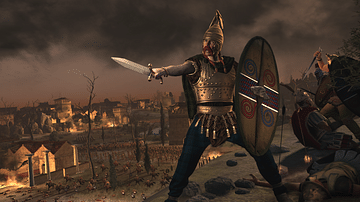
Image
Brennus
An artist's impression of Brennus, the Gallic war chief of the Senones (c. 360 BCE). From the computer game Total War: Rome II - Rise of the Republic by the Creative Assembly.
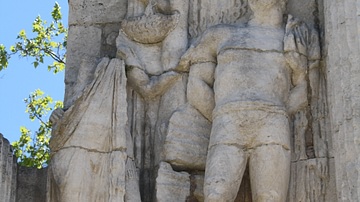
Image
Enslaved Gaul, Arch of Glanum
A detail of the triumphal arch at Glanum, southern France, showing an enslaved Gaul. The monument was built in the early 1st century CE, perhaps to commemorate the city's new status as a Roman colony. The top third is now missing.
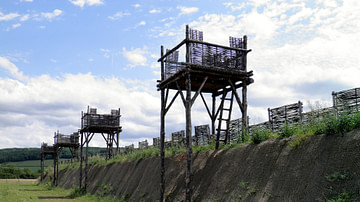
Image
Reconstruction of the Rampart of the Circumvallation, Alesia
Reconstruction of the rampart of the circumvallation at Alesia (France). The rampart consisted of a terrace (agger) surmounted by a parapet and towers. The terrace was built up with packed earth extracted from trenches. It was protected...
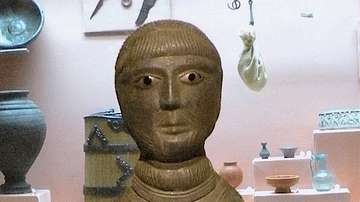
Image
Celtic Warrior, Gaul
A Celtic warrior statue from Gaul. Bronze with glass inlay, 1st century BCE or 1st century CE. From Saint-Maur-en-Chaussée, Oise, France. (Musée départemental de l'Oise)
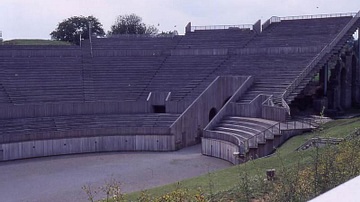
Image
Amphitheatre
amphitheatre of Grand, France
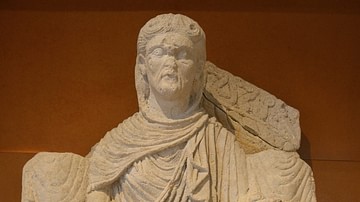
Image
Mother Goddess
Statue depicting a Mother Goddess sitting in a backed chair with fruit in her lap and accompanied by two other women and a dog, 1st century CE. From the ancient site of Nasium, Musée Barrois, Bar-le-Duc, France.
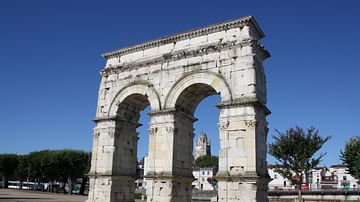
Image
Triumphal Arch, Mediolanum Santonum
The Roman triumphal arch of Mediolanum Santonum (Saintes, Charente-Maritime), France. Known as the 'Arch of Germanicus', the arch was erected in the second decade of the 1st century CE and relocated to its present position in 1843 CE.
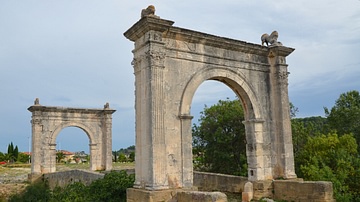
Image
Roman Bridge, Pont Flavien
The Roman bridge at Saint-Chamas (France), so called-Pont Flavien, was built in the late 1st century CE across the River Touloubre. The name “Flavien” refers to a local Roman-Gaul aristocrat called Lucius Donnius Flavius, and an inscription...
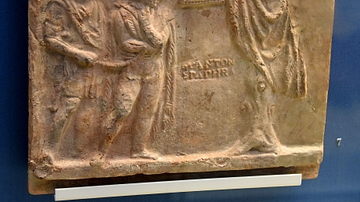
Image
Roman Soldier Guards a Captured Gaul
This is a terracotta relief. Captured weapons and a cloak hang on a tree as a trophy (symbol of victory). The stamped inscription M(arcus) Anton(ius) Epaphra(s) refers to the workshop producing the plaque. Made in Rome, circa 1-20 CE. From...
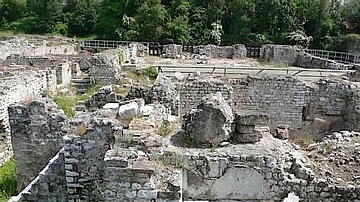
Image
Ruins of Cemenelum
Cemenelum was an important Roman town that was chosen by the Emperor Augustus as the capital of the Roman province of Alpes Maritimae, on the Ligurian coast, in 14 BCE. It is today surrounded by the Cimiez neighborhood of Nice, France. The...